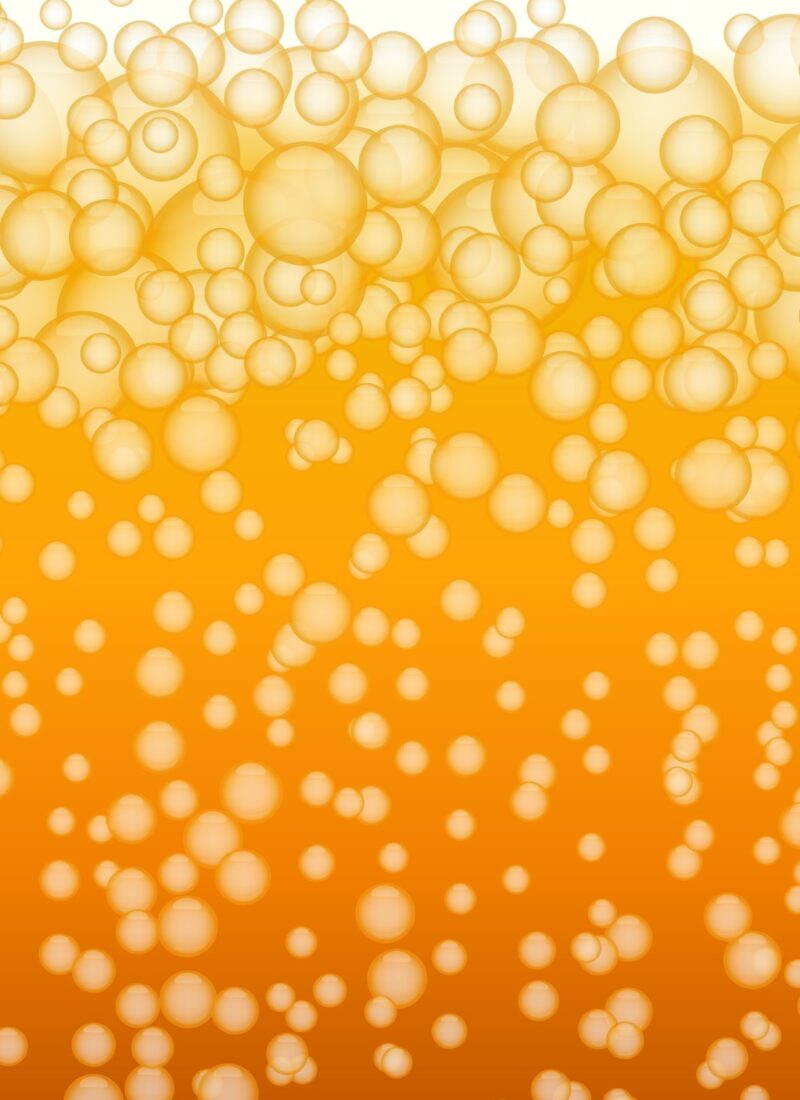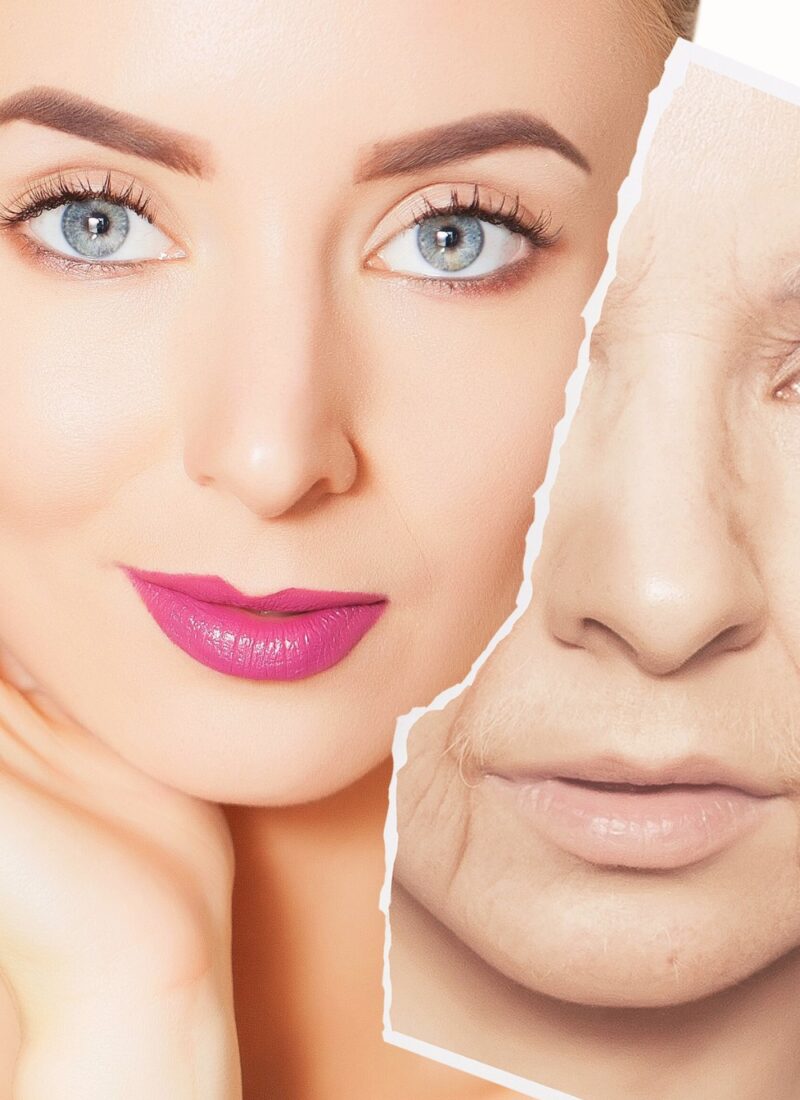How does salicylic acid work? What exactly are its benefits? If you are struggling with stubborn acne, persistent blackheads, or frustrating ingrown hairs, this ingredient can be the skincare must-have you’ve been searching for. This powerful but gentle compound has earned its reputation as a skincare product for good reason. Let’s dive into what makes it so effective and how it might benefit your specific skin concerns.
This post is all about salicylic acid benefits for the skin.
What Is Salicylic Acid?
Salicylic acid is a beta-hydroxy acid (BHA) derived from willow bark, though the version in most skincare products today is typically synthetically produced. Its chemical structure gives it unique properties that make it particularly effective for treating various skin concerns.
Unlike alpha-hydroxy acids (AHAs) such as glycolic or lactic acid, which are water-soluble, salicylic acid is oil-soluble. This key difference allows it to penetrate deeply into your pores rather than just working on the skin’s surface. This penetrating ability is what makes it especially effective for treating acne, blackheads, and similar conditions.
How Does Salicylic Acid Work?
It works through several mechanisms that make it particularly effective for problem skin:
- Exfoliation: It gently exfoliates the skin by breaking down the bonds between dead skin cells, helping them shed more easily. This prevents the buildup that can lead to clogged pores.
- Pore-Clearing: Because it’s oil-soluble, salicylic acid can cut through the oil in your pores, penetrating deeply to dissolve the debris and sebum that cause blackheads and acne.
- Anti-Inflammatory Properties: It has natural anti-inflammatory properties that help reduce redness and swelling associated with active breakouts.
- Sebum Regulation: Regular use can help regulate oil production, leading to fewer breakouts over time.
Benefits for Specific Skin Concerns
Acne Treatment
Salicylic acid targets acne at its source by clearing out pores and reducing inflammation. It works particularly well for blackheads (comedonal acne) by preventing pore blockages, it helps stop new pimples from forming while treating existing ones.
Blackhead Elimination
Blackheads form when pores become clogged with sebum and dead skin cells that oxidize when exposed to air. Salicylic acid for blackheads excels at dissolving this debris from within the pore, effectively eliminating blackheads and preventing new ones from forming.
Ingrown Hair Prevention
Ingrown hairs occur when hair grows back into the skin instead of rising up from it, causing inflammation and sometimes infection. Salicylic acid helps by:
- Exfoliating the skin to remove dead cells that might trap hairs
- Reducing inflammation around ingrown hairs
- Softening the skin to help release trapped hairs
Benefits for Dark Skin Tones
Salicylic acid is particularly beneficial for darker skin tones for several reasons:
- It helps treat hyperpigmentation without causing additional discoloration
- Its anti-inflammatory properties reduce the risk of post-inflammatory hyperpigmentation, which is more common in darker skin
- The natural origins from willow bark make it less likely to cause irritation compared to some other chemical exfoliants
- It effectively addresses common concerns like acne without the harsh lightening effects some other treatments may cause
Important Cautions and Considerations
While salicylic acid offers many benefits, it’s not suitable for everyone. Take note of these important cautions:
Pregnancy and Breastfeeding
Salicylic acid during pregnancy or while breastfeeding should be avoided, especially in higher concentrations. While topical use of products with low concentrations (under 2%) is generally considered low-risk, it’s always best to consult with your healthcare provider before use. Salicylic acid is related to aspirin (acetylsalicylic acid), which is not recommended during pregnancy.
Dry or Sensitive Skin
If you have naturally dry or sensitive skin, it could potentially cause:
- Excessive dryness
- Irritation or redness
- Peeling or flaking
- A compromised skin barrier
For these skin types, consider using products with lower concentrations (0.5-1%) and reduced frequency of application. Always follow with a good moisturizer.
Other Precautions
- Don’t combine with other strong exfoliants without giving your skin time to adjust
- Always wear sunscreen during the day (it’s a must!) as exfoliating acids can increase sun sensitivity
- Discontinue use if you experience persistent irritation, burning, or unusual redness
- Those with aspirin allergies should be mindful of the use of salicylic acid products
Types of Salicylic Acid Products
There are many different forms, making it easy to incorporate into your skincare routine:
Cleansers
It can provide a gentle exfoliation daily treatment, typically with lower concentrations (0.5-2%). They’re great for maintenance and prevention since they’re rinsed off after a short time. These work well for oily and acne-prone skin types as part of a daily routine.
Toners and Serums
These leave-on formulations deliver more intensive treatment. Toners typically contain 0.5-2% salicylic acid, while serums might contain up to 2%. They’re perfect for targeting specific areas and providing continuous treatment throughout the day or night.
Spot Treatments
Spot treatments typically have higher concentrations (up to 2%) and are designed to tackle individual blemishes quickly. Apply directly to pimples, blackheads, or ingrown hairs for focused treatment.
Peel Treatments
Professional-grade salicylic acid peels or at-home treatments can contain higher concentrations (usually 15-30%) for intensive exfoliation. These should be used less frequently—typically once a week or less—and are best for addressing stubborn concerns under professional guidance.
Body Products
For body acne, back acne, or ingrown hairs on the body, you can find salicylic acid in body washes, sprays, and lotions. These are formulated to treat larger areas effectively.
Incorporating Salicylic Acid Into Your Routine
For best results:
- Start with a lower concentration
- Introduce it gradually, perhaps 2-3 times per week, before increasing frequency
- Always follow with moisture-restoring products
- Use sunscreen daily, as exfoliated skin is more vulnerable to UV damage
- Be patient—no skin will change overnight, and results typically appear after 4-6 weeks of consistent use
The Bottom Line
Salicylic acid stands as one of skincare’s most versatile and effective ingredients for treating acne, blackheads, and ingrown hairs. Its ability to work beneath the skin’s surface makes it uniquely suited to address these concerns at their source. While not appropriate for everyone—particularly pregnant women and those with very dry skin—most people with oily, combination, or acne-prone skin can benefit tremendously from adding this powerhouse ingredient to their skincare routine.
Whether you’re dealing with occasional breakouts or chronic acne, salicylic acid offers a science-backed solution that can help you achieve clearer, smoother skin when used appropriately and consistently.
This post is all about salicylic acid uses for skin.
Disclaimer: This blog provides general skincare advice and product recommendations. Always consult with a dermatologist or healthcare professional.





Leave a Reply